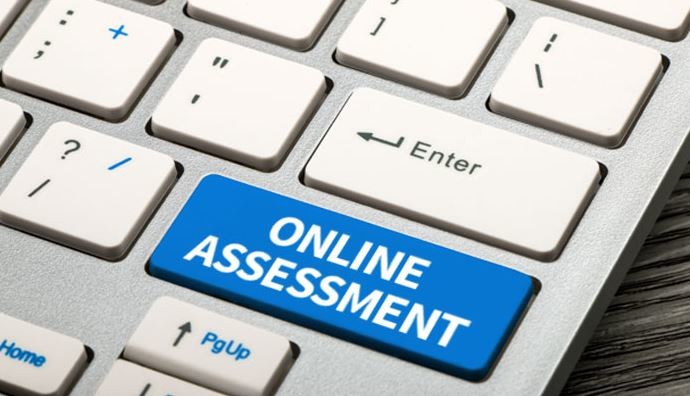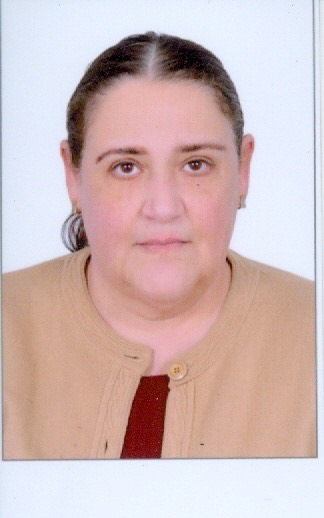In this issue, we summarize two faculty members’ assessment practices, which they each discussed with CLT in an interview, and which we then transcribed and summarized.
Adam Yassine (MACT):
I am using Gradescope for my theoretical Calculus class (an advanced mathematics major course). I chose to use it because it gives me the flexibility to give prompt feedback to students and makes grading more efficient. I can mark on the pages and give personalized feedback. I can also build a rubric and assign points while giving automated comments and systematic feedback. Students need only download a mobile scanner App (Gradescope provides a list of recommendations for compatible scanner apps for Android or iOS) and then take pictures of their work, upload the pictures, and indicate which questions are associated with the work they turn in. They can then preview the uploaded material to make sure that their photos are clear.
They need a laptop to submit the uploaded pictures. This method for collecting student work can be used for both assignments and exams.
In an exam, all students turn on their cameras; they start answering the questions on paper and when time is up, they are asked to put their pencils down. They are given time to scan, upload, and submit their work. I enforce time limits so students are aware that if they submit after a certain time, the work will not be accepted. I allow open notes and design the exam questions to focus on understanding. The timing and rigid structure of the exam makes it difficult for students to seek help from others or help from online sites. It is not practical given the limited exam time and close monitoring.
I made a YouTube video on introducing Gradescope. Here is a link from Gradescope’s website on getting started: https://www.gradescope.com/get_started
Rania Jabr (ELI):
To me, if students can Google exam answers, then there is something wrong with the assessment. I believe that with online learning, we all need to rethink or adjust the way we assess our students; we need a variety of types of assessment at different points in time at different stages (Conrad and Openo 2018); we need to capture their abilities…capture their progress. If we assess students frequently and regularly, we will then be able to ascertain whether someone else answered the test for them because we will be aware of their abilities and their level. We need to assess their learning, their development, their progress using low stakes, frequent and varied types of assessment (Papakammenou, 2020). I explain to students the rationale for using smaller assessments, which is to remove the stress, document their progress, and also give students several chances for bettering their scores in case they are having a bad day or if they have Internet connectivity issues on an exam day.
When I am supporting other faculty from different disciplines in writing exam questions and designing alternative forms of assessments, focus is on learning outcomes and how different tools can be used to achieve the LOs. Redesigning assessments requires a lot of work and group effort among faculty, especially those teaching multiple sections. They should support each other in redesigning assessments, sharing new, innovative ideas and their best practices. Additionally, the use of tech tools and apps to assess students reduces the pressure on grading, ensures equity, and saves time and effort. However, technology in assessment is not a learning outcome. It is a tool to measure student learning. Tools such as Google Forms, Google Slides, Nearpod and others allow students to interact with the website or app but need the instructor to first create the assessment task before launching it. When ready to use, the instructor would also give feedback electronically with individual comments to students as needed. All types of questions can now be answered online (MCQ, Open-ended, Matching, Ranking …etc. It is time well spent for instructors to create their own assessments (matching their course objectives), but is certainly time well spent to deliver the well-crafted assessment tasks, quizzes, exams via the many readily available tech resources online.
References
Conrad, D., & Openo, J. (2018). Assessment strategies for online learning: Engagement and authenticity. Athabasca University Press.
Papakammenou, I. R. (2020). Classroom-Based Assessment in Multi-Exam Preparation Classes: Choosing Alternative Assessment Techniques. In Changing Language Assessment (pp. 161-180). Palgrave Macmillan, Cham.
We invite other AUC faculty to share their assessment practices during the pandemic for sharing via New Chalk Talk. Please email bali@aucegypt.edu to contribute.


